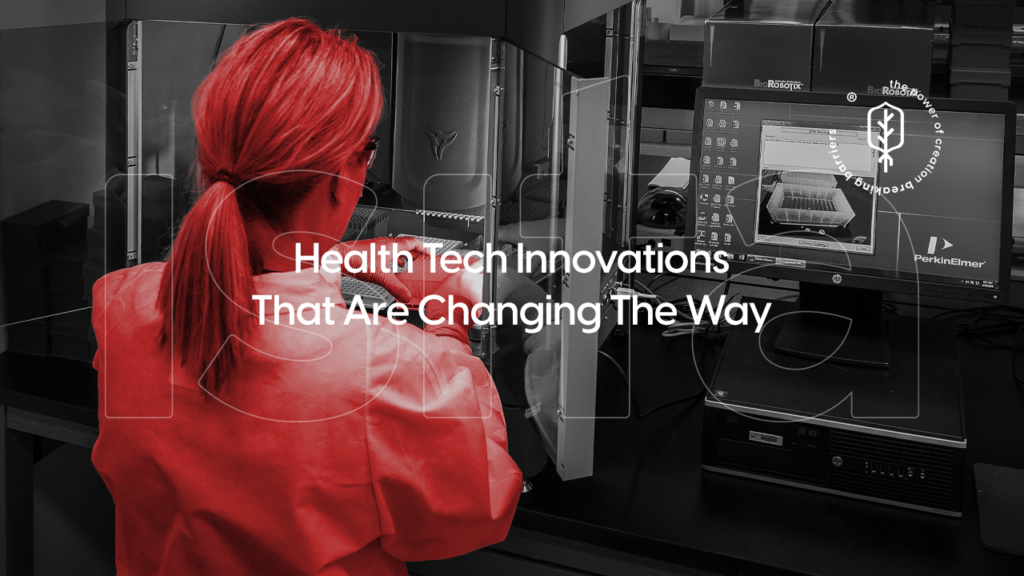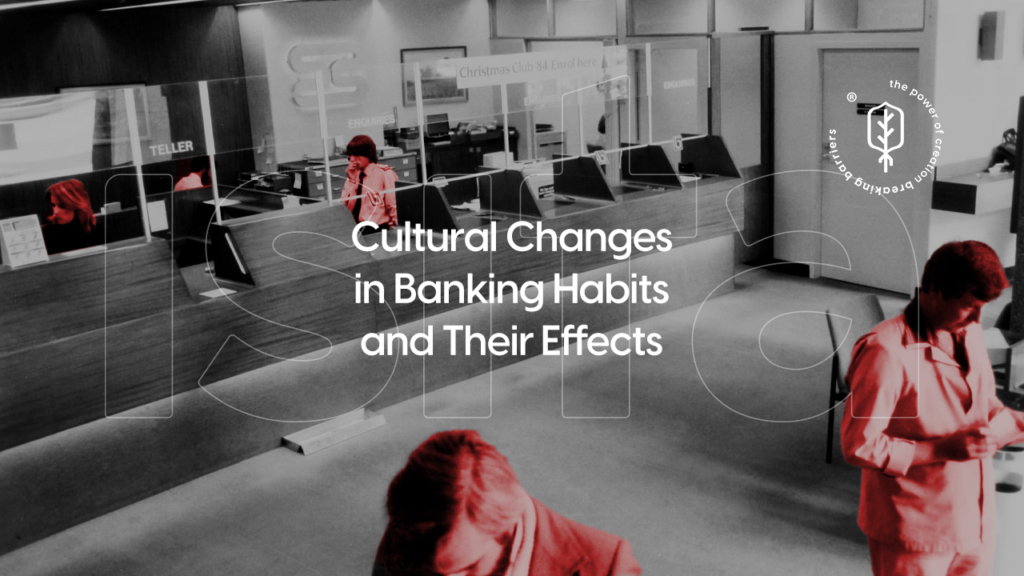The cost of disrupted operations, lost revenue, and frustrated customers can be detrimental.
This is where continuous IT management becomes a crucial strategy. With continuous IT management, businesses can prevent issues before they occur, ensuring that systems run smoothly and efficiently around the clock.
In this article, we will explore the benefits of continuous IT management, how it reduces downtime, and why adopting this proactive approach is key to your business’s success.
The Importance of Continuous IT Management in Today’s Business Environment
In the past, many businesses adopted a reactive approach to IT, addressing issues as they arose. This approach, however, leads to increased downtime, higher repair costs, and inefficiencies in operations. Today, with the demands of the modern business world, this is no longer a viable option. Continuous IT management shifts the focus to proactive monitoring and maintenance, which ensures that potential issues are identified and addressed before they can disrupt business operations.
This proactive approach means that businesses no longer have to worry about unexpected server crashes, network outages, or software failures. By continuously monitoring systems and addressing problems as soon as they are detected, continuous IT management keeps your operations running smoothly, no matter what challenges may arise.
How Continuous IT Management Reduces Downtime
One of the primary benefits of continuous IT management is the significant reduction in downtime. Downtime can be costly for businesses in terms of both lost revenue and damaged reputations. By implementing a system of continuous monitoring, businesses can detect and resolve issues in real-time, ensuring that disruptions are minimized, or avoided altogether.
For example, with continuous IT management, servers, applications, and networks are constantly monitored for signs of performance degradation or impending failure. If a problem is detected, IT teams are alerted immediately, allowing them to take action before the issue affects users. This proactive approach helps to avoid lengthy downtime, keeps operations running smoothly, and minimizes the impact of IT issues on overall business performance.
Enhancing System Security with Continuous IT Management
Another significant advantage of continuous IT management is the ability to enhance system security. With cyber threats becoming more sophisticated, businesses need to be vigilant in protecting their data and systems. Continuous IT management allows businesses to identify and address security vulnerabilities before they can be exploited by malicious actors.
Through real-time monitoring and automated threat detection, continuous IT management ensures that businesses are constantly on top of their security measures. This approach helps to reduce the risk of data breaches, ransomware attacks, and other cyber threats that could compromise the integrity of the business. Regular updates, patches, and security protocols can be implemented as soon as vulnerabilities are identified, further ensuring the safety of critical systems.
By keeping security at the forefront of IT management, businesses can not only protect their data but also build trust with their clients, knowing that their sensitive information is safe from cyberattacks.
Scalability and Flexibility with Continuous IT Management
As businesses grow and evolve, so do their IT needs. One of the strengths of continuous IT management is its scalability and flexibility. It’s not a one-size-fits-all solution but rather an approach that can be tailored to the unique needs of each business. Whether your business is a small startup or a large enterprise, continuous IT management can adapt to your changing requirements.
For smaller businesses, continuous IT management ensures that they have access to the same level of IT monitoring and maintenance as larger corporations without the need for an in-house IT team. As these businesses grow, the system can scale with them, allowing for more comprehensive monitoring and management as needed.
For larger businesses, the ability to customize continuous IT management services means that they can manage multiple locations, teams, and systems with ease. As new branches are added or systems expanded, continuous IT management provides the flexibility needed to maintain control over IT infrastructure without disruption.
Improving Business Productivity with Continuous IT Management
One of the key reasons businesses choose to invest in continuous IT management is the positive impact it has on overall productivity. When systems are running smoothly, employees can focus on their core responsibilities without being bogged down by IT-related issues. This allows teams to work more efficiently and ensures that business operations run without unnecessary interruptions.
For example, by monitoring hardware performance, continuous IT management ensures that all devices are functioning optimally. This reduces the likelihood of technical problems that can slow down employees, such as system crashes or software glitches. When technology runs efficiently, so do the teams that rely on it.
Additionally, continuous IT management helps businesses stay ahead of the curve when it comes to software updates and new technologies. By continuously managing and updating systems, businesses can ensure that they are using the most up-to-date tools available, leading to improved performance and productivity across the board.
Strategies for Implementing Continuous IT Management
Implementing continuous IT management requires a strategic approach. The first step is to assess your current IT infrastructure and identify areas that would benefit from continuous monitoring. This could include servers, networks, software, and security systems. Once identified, businesses can develop a comprehensive plan for integrating continuous IT management into their existing IT strategy.
The next step is to choose the right tools and partners. Many businesses choose to work with managed IT service providers that specialize in continuous IT management. These providers have the expertise and tools needed to monitor systems effectively and ensure smooth operations. They can also offer valuable insights into how to optimize IT infrastructure for greater efficiency.
Finally, it’s important to train staff on the benefits of continuous IT management and how it will impact their day-to-day work. Ensuring that everyone is on the same page helps to make the transition smoother and maximizes the effectiveness of the new system.
Stay Ahead with Continuous IT Management
In an age where technology drives nearly every aspect of business, downtime can have severe consequences. By investing in continuous IT management, businesses can ensure that they stay ahead of potential issues, keeping their systems secure, scalable, and efficient. This proactive approach not only reduces downtime but also enhances productivity, improves security, and supports business growth.
If you’re ready to take your IT infrastructure to the next level and never worry about downtime again, consider adopting continuous IT management. It’s a smart investment that pays off in improved business performance, better security, and higher productivity.
To stay updated on the latest trends and strategies in continuous IT management, subscribe to our newsletter. We regularly share insights and expert advice on how to optimize your IT infrastructure and stay ahead of the competition. Don’t miss out—subscribe today!



